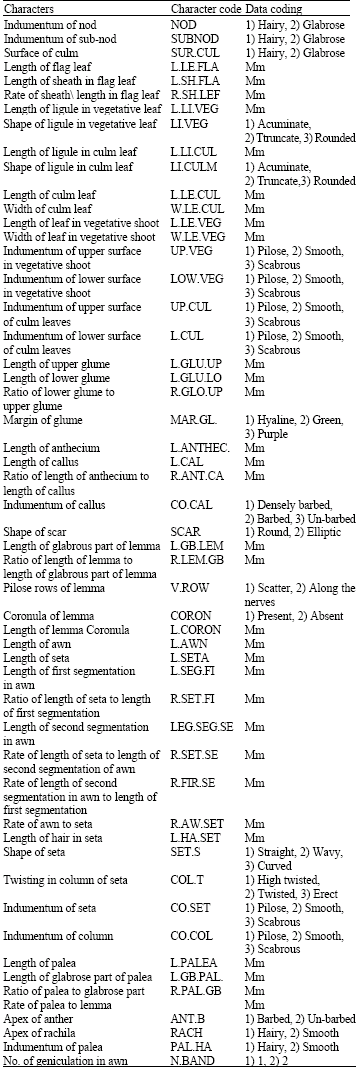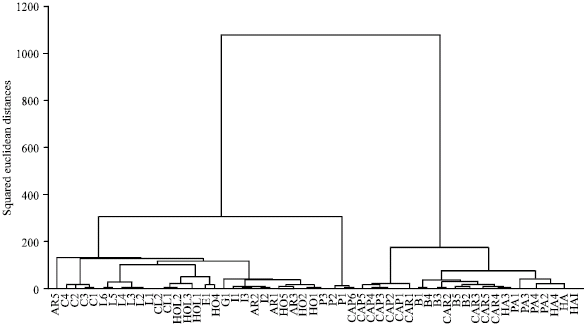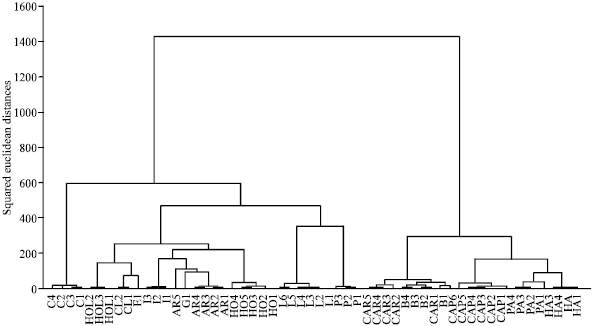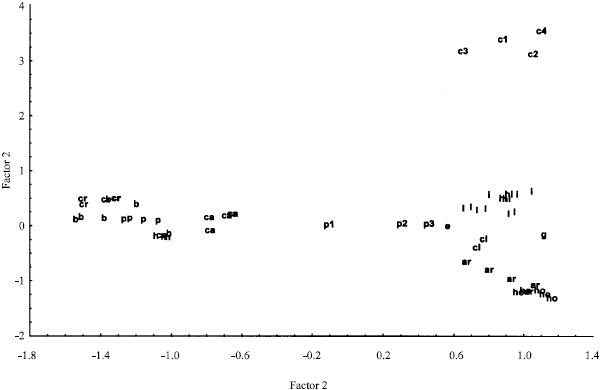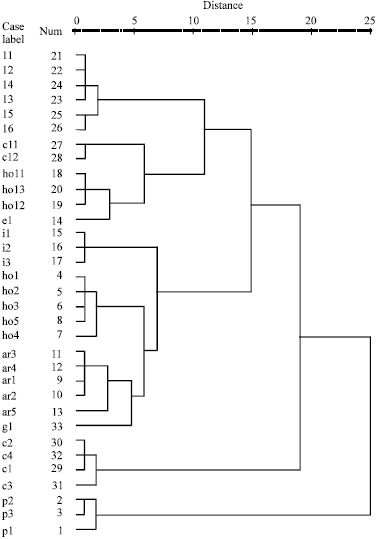Research Article
Numerical Taxonomy of Stipa (Poaceae) Species in Iran
Department of Biology, Shahid Beheshti University, Tehran, Iran
Saeideh Attaei
Department of Biology, Shahid Beheshti University, Tehran, Iran
Masoomeh Khosravi-Reineh
Department of Biology, Shahid Beheshti University, Tehran, Iran









